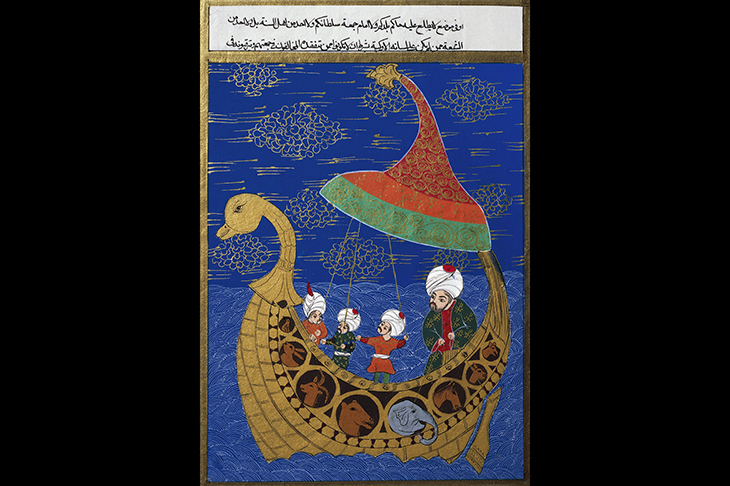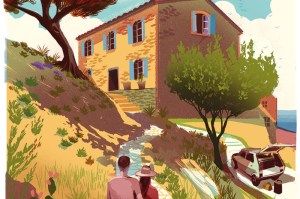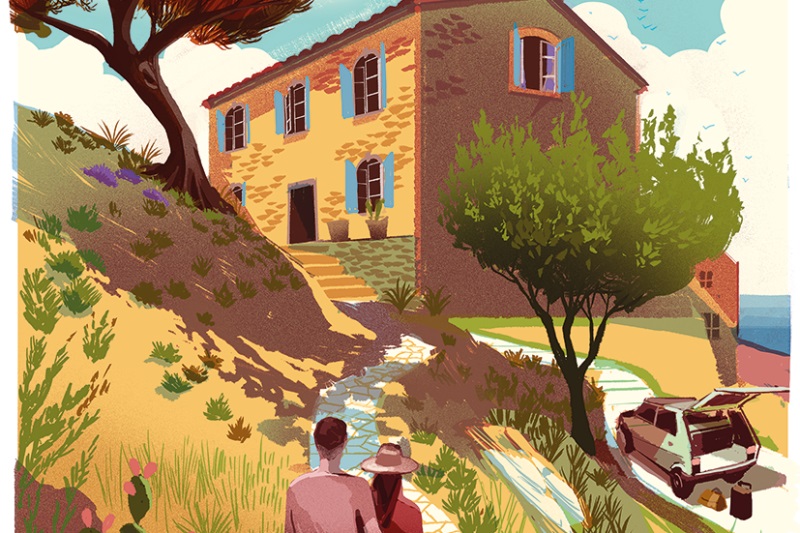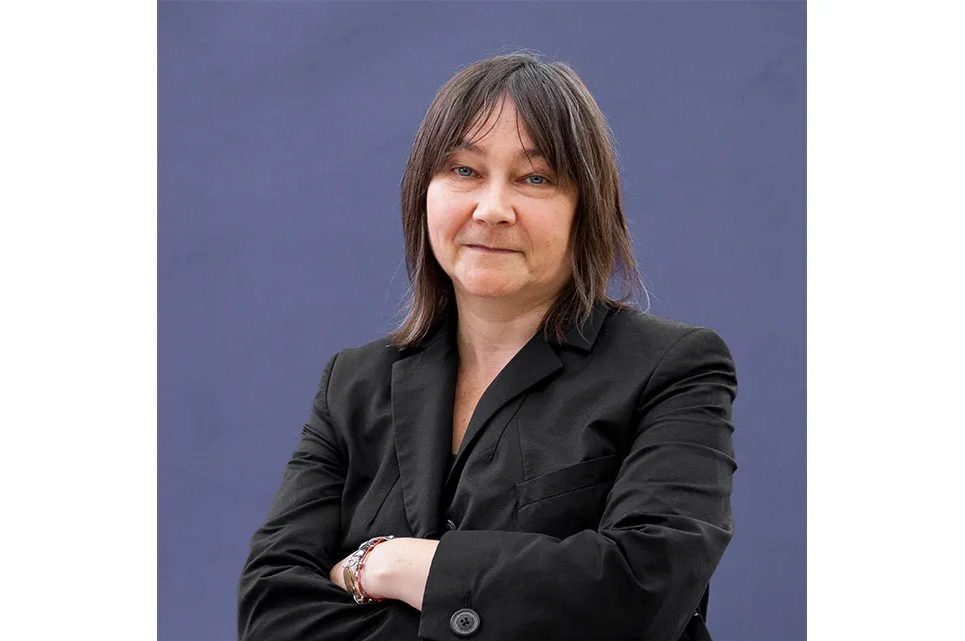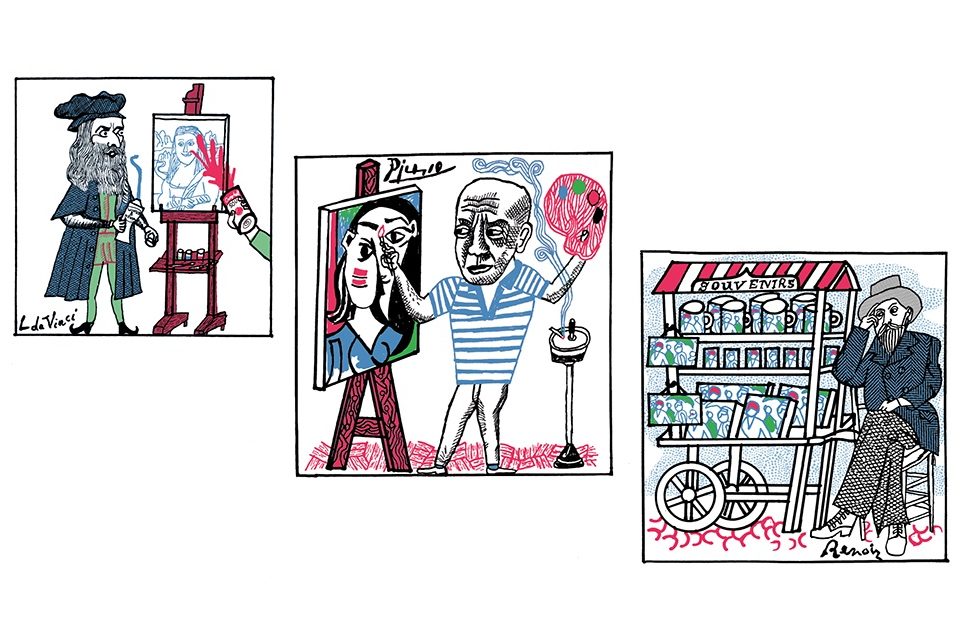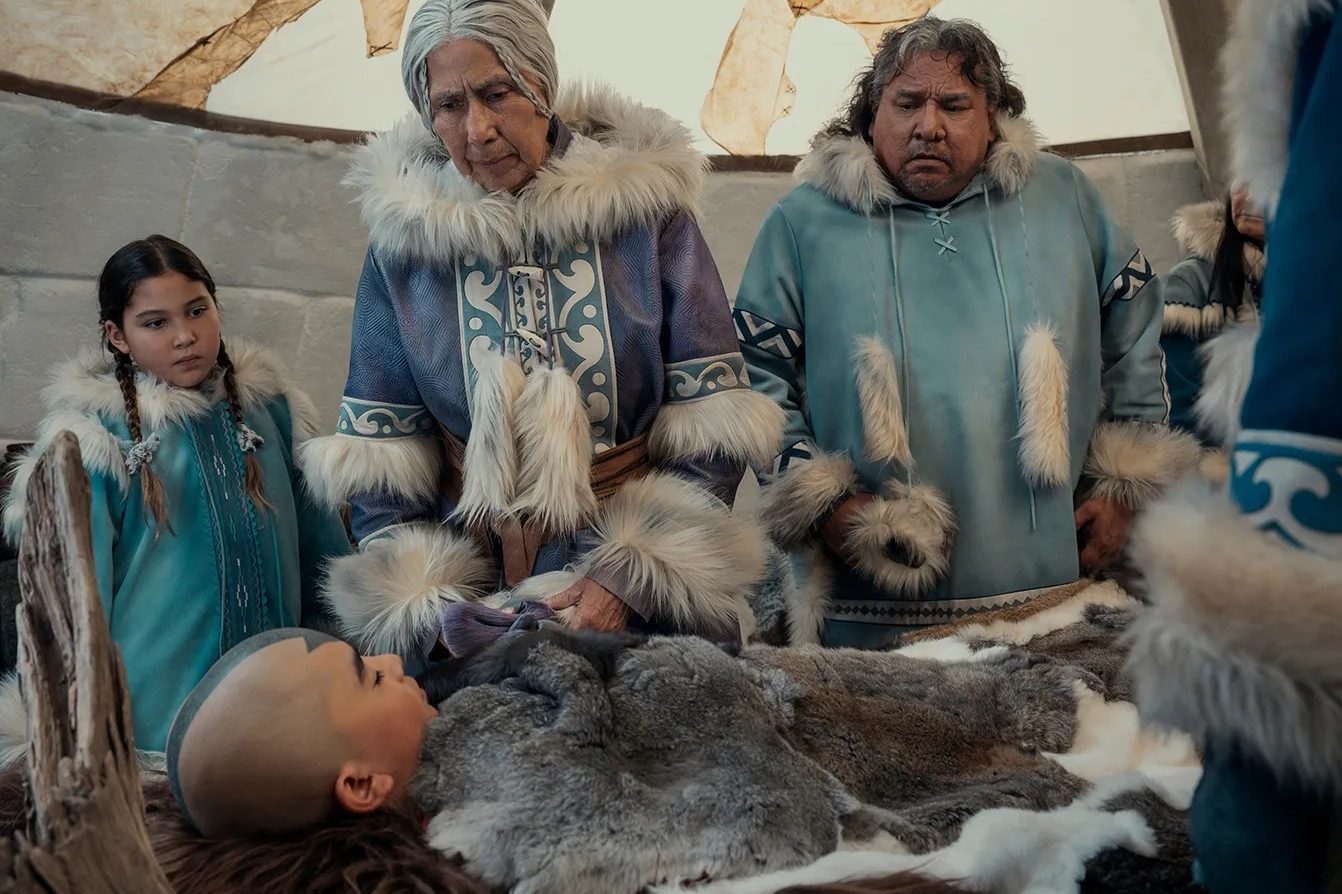Michelangelo seems never to have traveled to Turkey to advise the Sultan on a bridge to span the Golden Horn, but he was asked to provide an architectural drawing after the design of his great rival, Leonardo da Vinci, was rejected. An ‘Author’s Note’ to this enigmatic novella references a sketch attributed to Michelangelo ‘recently discovered in the Ottoman archives’, together with a list purporting to be an inventory of possessions he left behind. From these intriguing if flimsy historical traces, Mathias Enard imagines the 30-year-old Michelangelo in Constantinople in 1506, transfixed by the majestic city and its captivating people, but baffled by court ritual and the scale of the engineering problem at hand.
Judging from his previous fiction, Enard is fascinated by east-west cultural connections spanning the Mediterranean, for which the bridge across the Bosphorus inlet becomes a fitting symbol. There was a precedent for such a visit; the Venetian republic sent Gentile Bellini to Constantinople in 1479 to paint Sultan Mehmet II. In real life Michelangelo refused the lucrative invitation from the infidel because of his devout Christian beliefs, but Enard uses his fraught relationship with the ferocious Pope Julius II as a pretext for his sudden flight. Michelangelo remains unnerved by the threat of vengeance from his patron, ‘il papa terribile’, so brilliantly painted by Raphael (whom Michelangelo hates almost as much as he does Leonardo).
However, his new hosts are as prudent with cash as the stingy pope. The touchy genius perceives slights at the Turkish court where none exist, despite the best efforts of his minder, the poet Mesihi (a historical figure). Far more to Michelangelo’s taste are the taverns and dives to which Mesihi introduces him, and the alluring figures of the night he encounters there. One such is a dancer whose gender ambiguity — powerful yet submissive, muscular yet graceful — stirs and entices him. Such nocturnal activities are not diversions so much as a continuation of his core project, the pursuit of beauty.
A more sinister figure is the well-traveled and cultured fixer Arslan, welcomed by Michelangelo for his excellent Italian, dependent so far on Manuel, his translator. When Mesihi recites a poem, and Manuel struggles to render it, ‘Michelangelo grasps only that it was about love, drunkenness and cruelty.’ Yet the Turkish court can’t really be much more brutal than the Italy he left behind; Michelangelo is haunted by dreams of the torture and burning of Savonarola, horribly described: ‘His face dilated by heat… his boiling eyes exploding, his outstretched hands where the bones show beneath the skin.’
Enard’s Michelangelo is ugly, smelly and soap-averse, his powerful hands and bold presence undercut by his fears, nervous jealousies and tumbling emotions. He’s an endearing creation, who despite facing shadowy threats, must, we know, be delivered safely back to Italy to paint the teeming figures of the Sistine chapel, some of which, it’s averred, record the faces glimpsed on this oriental escapade.
This article was originally published in The Spectator magazine.



